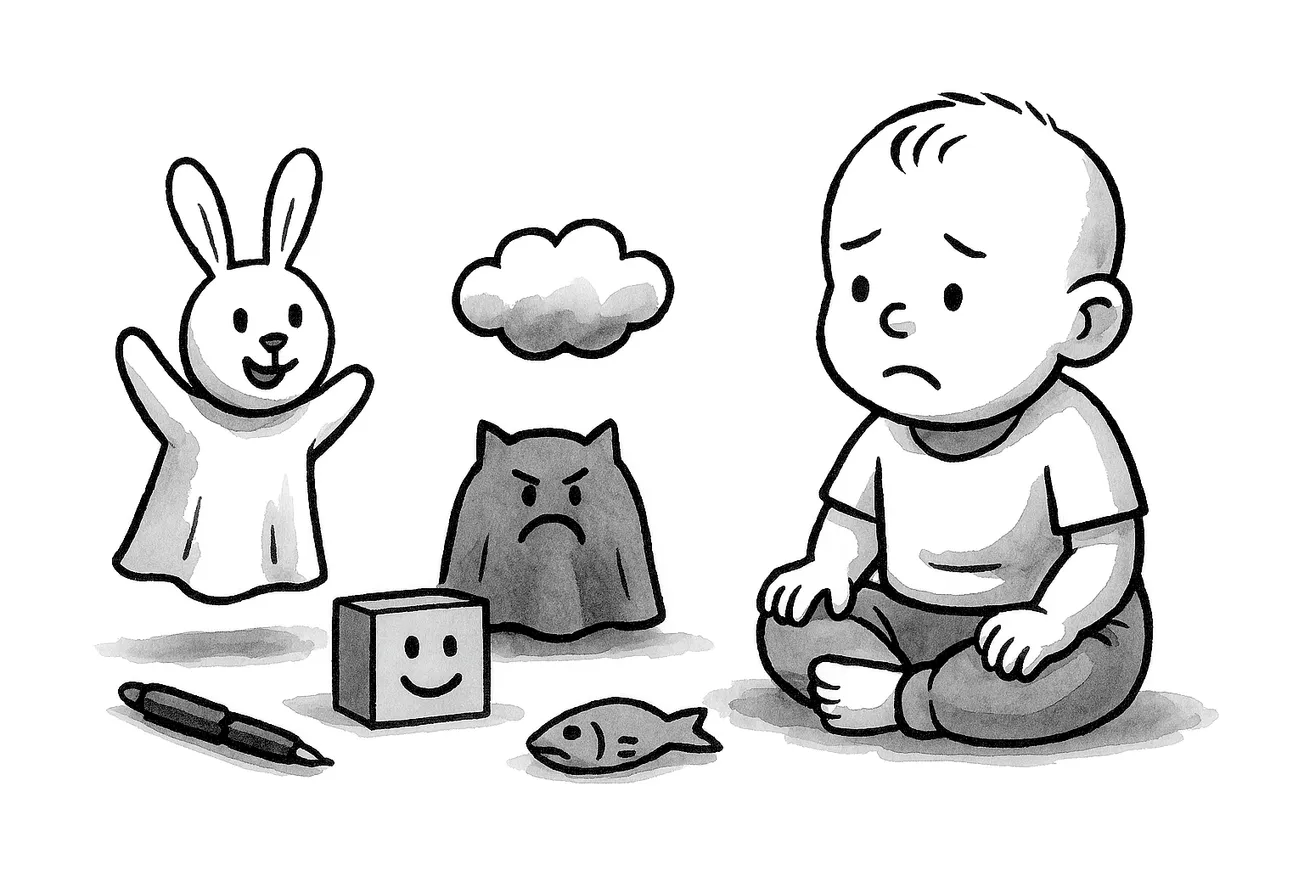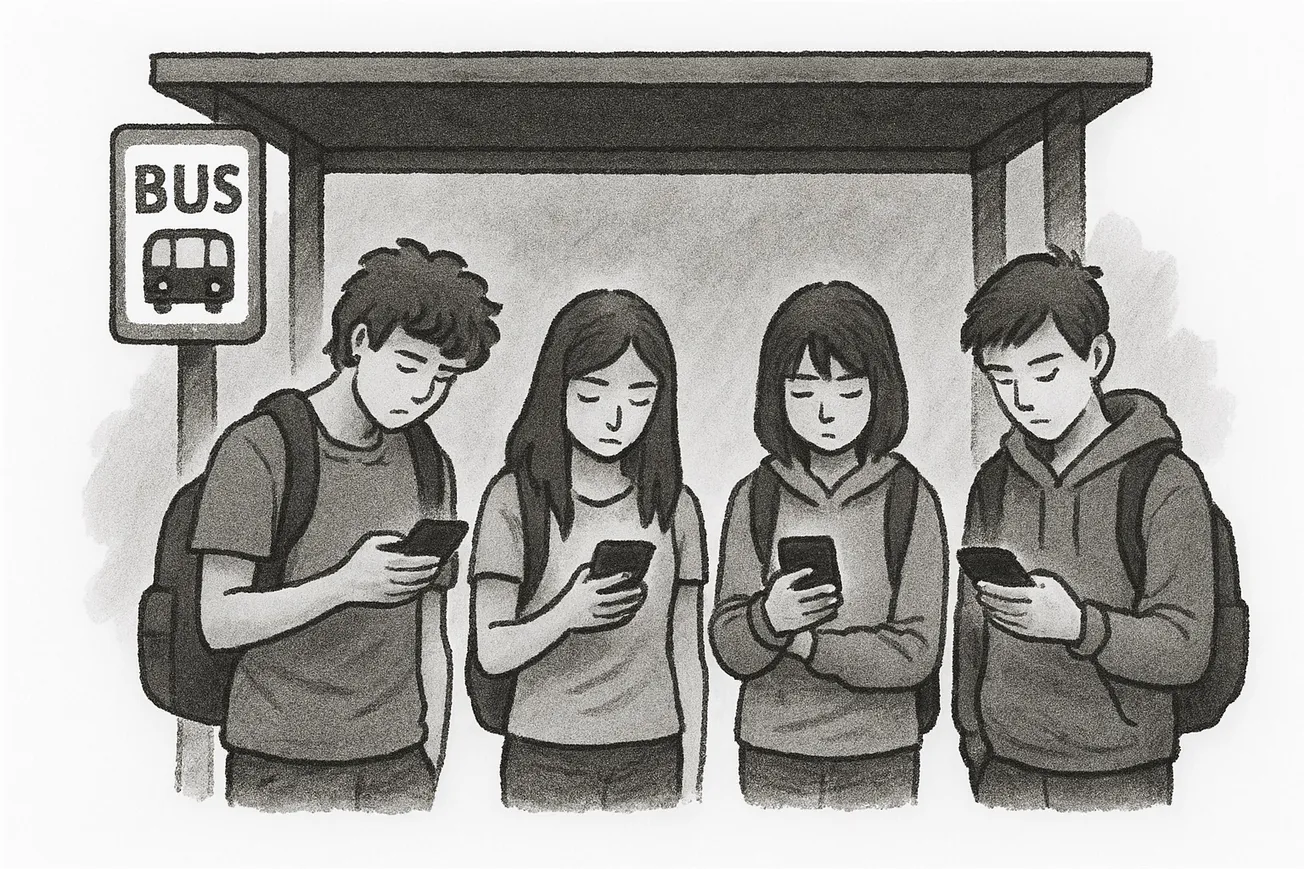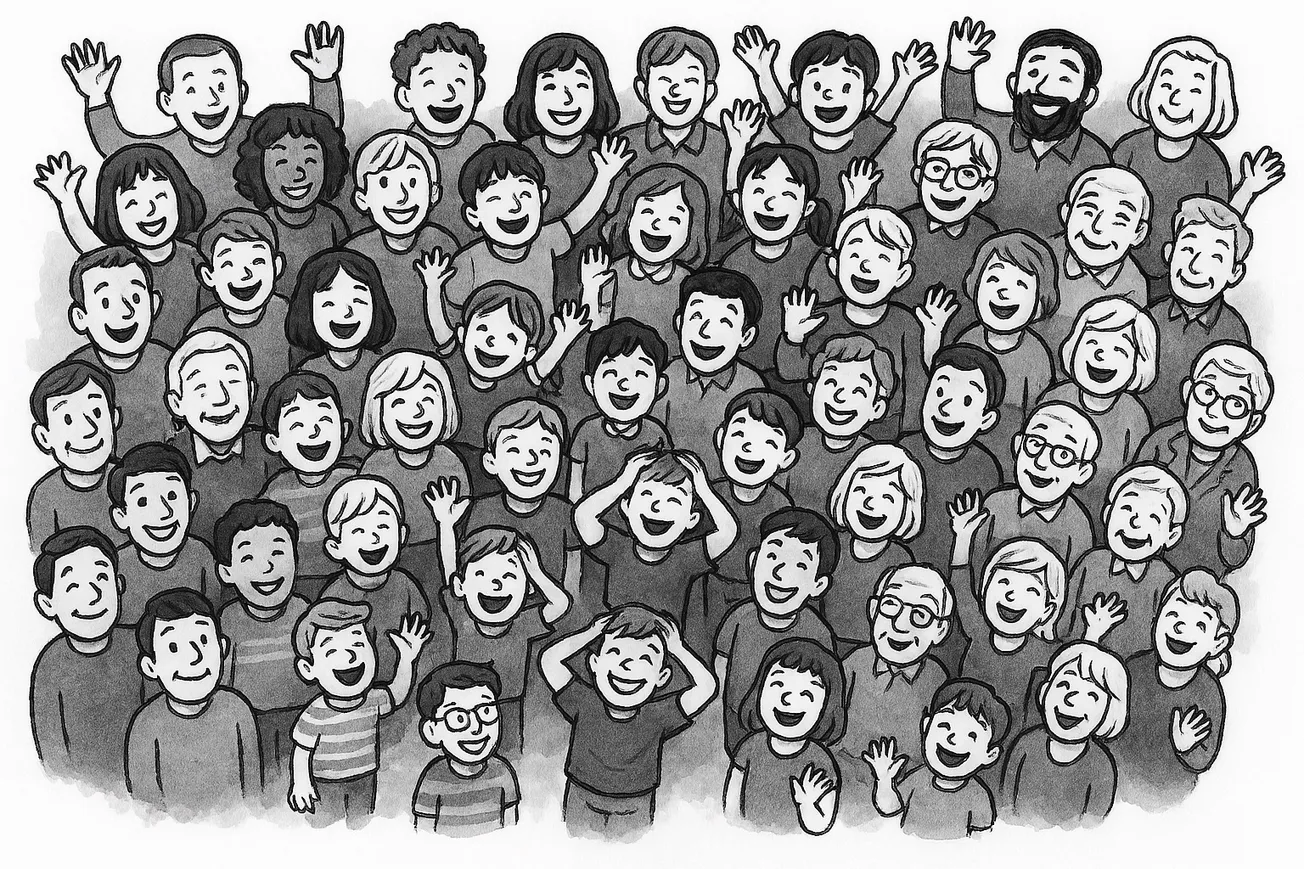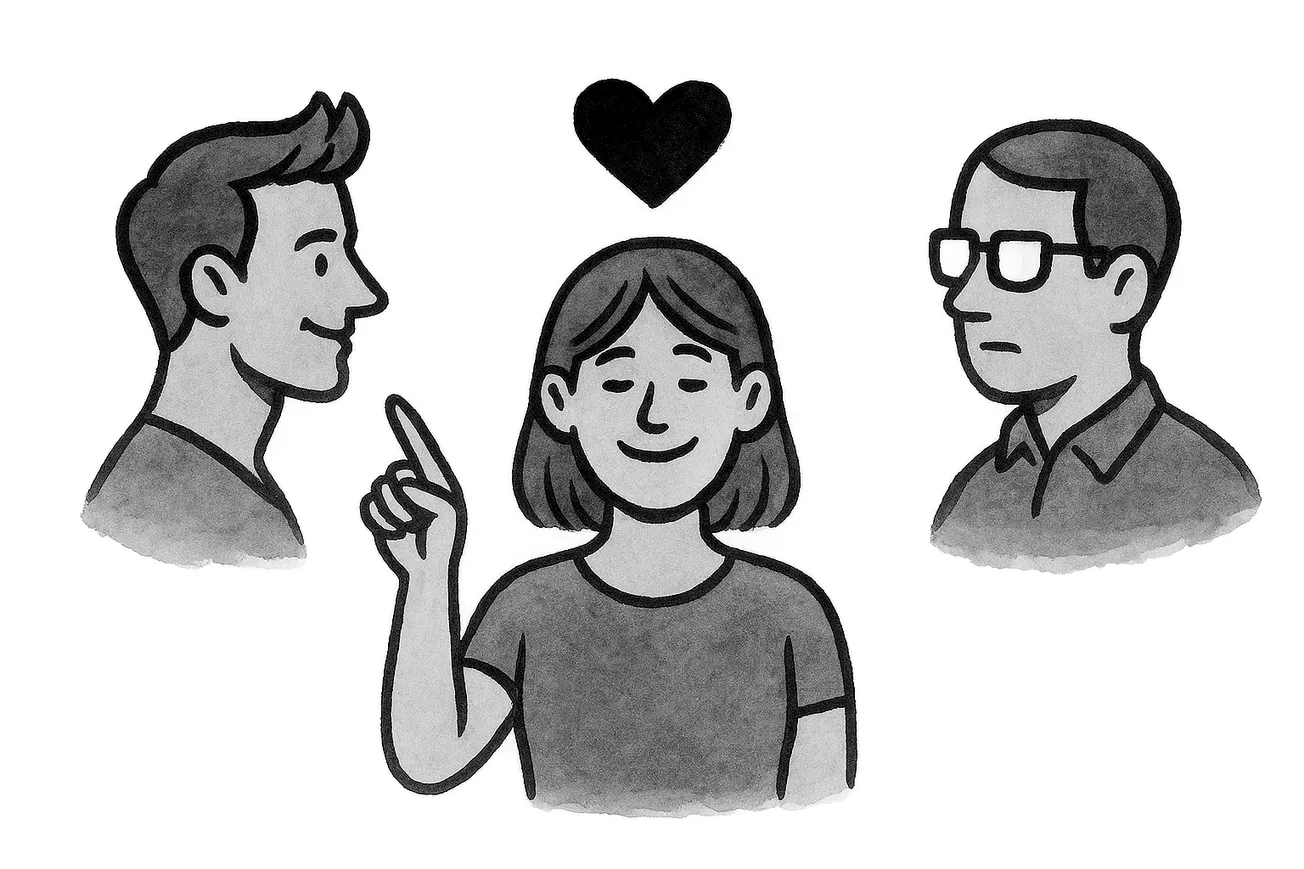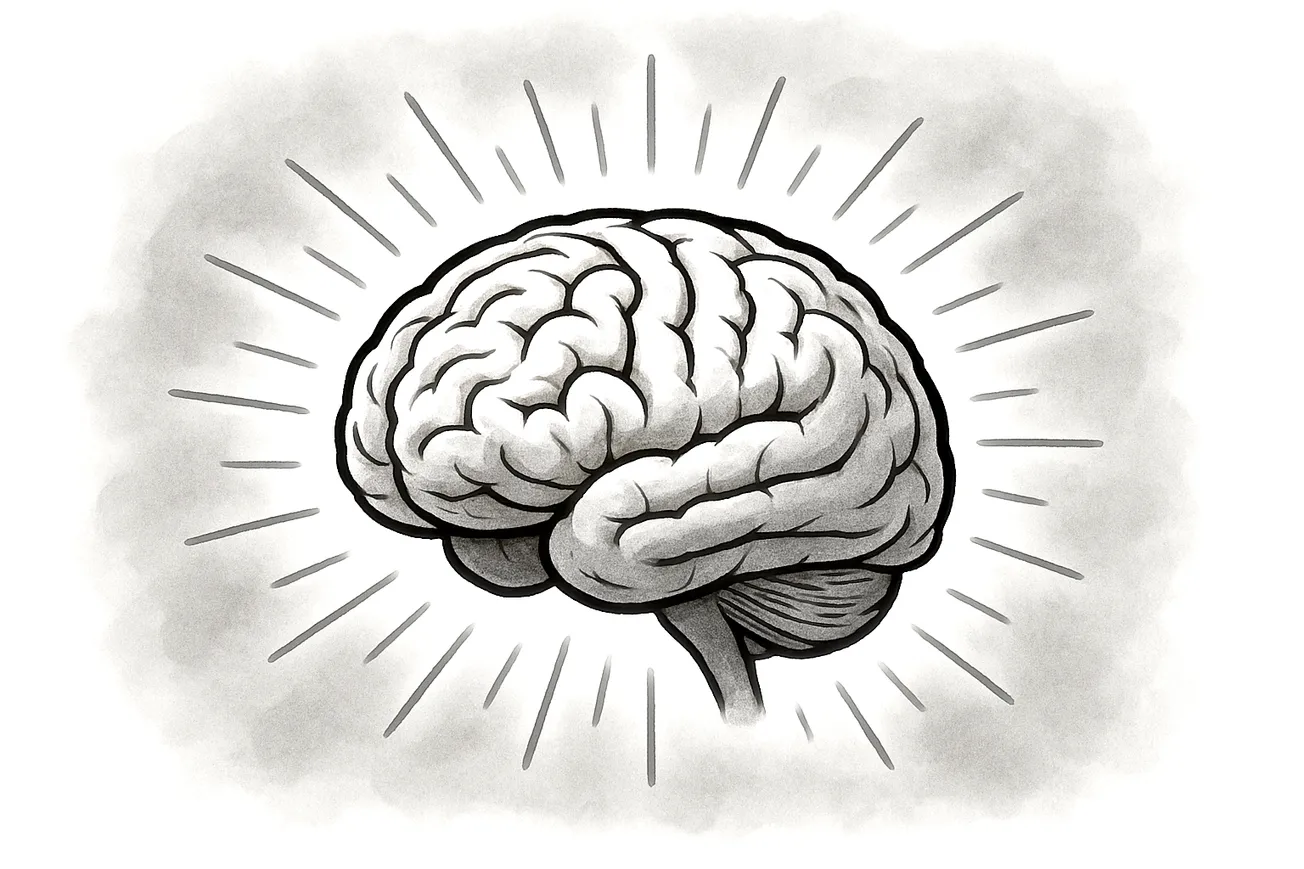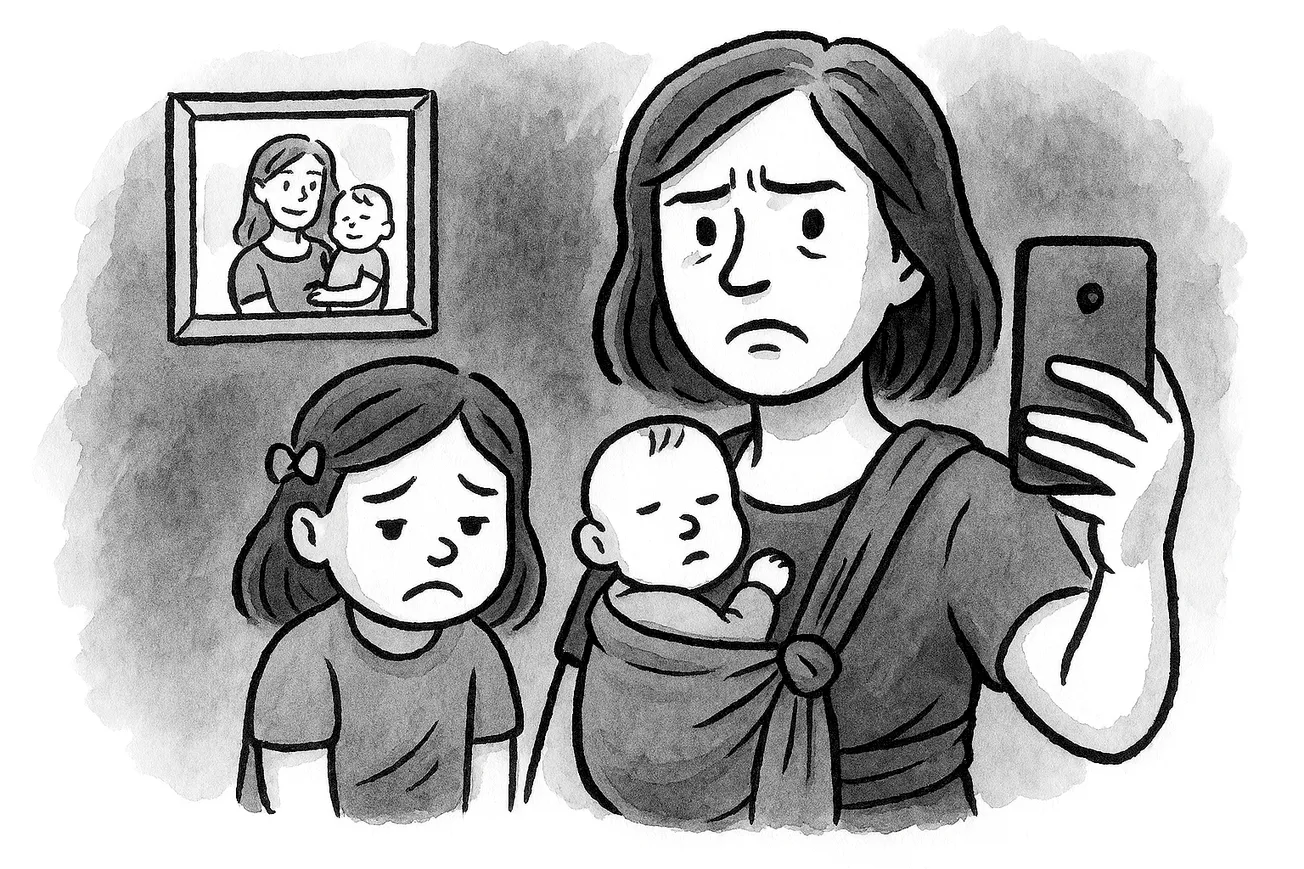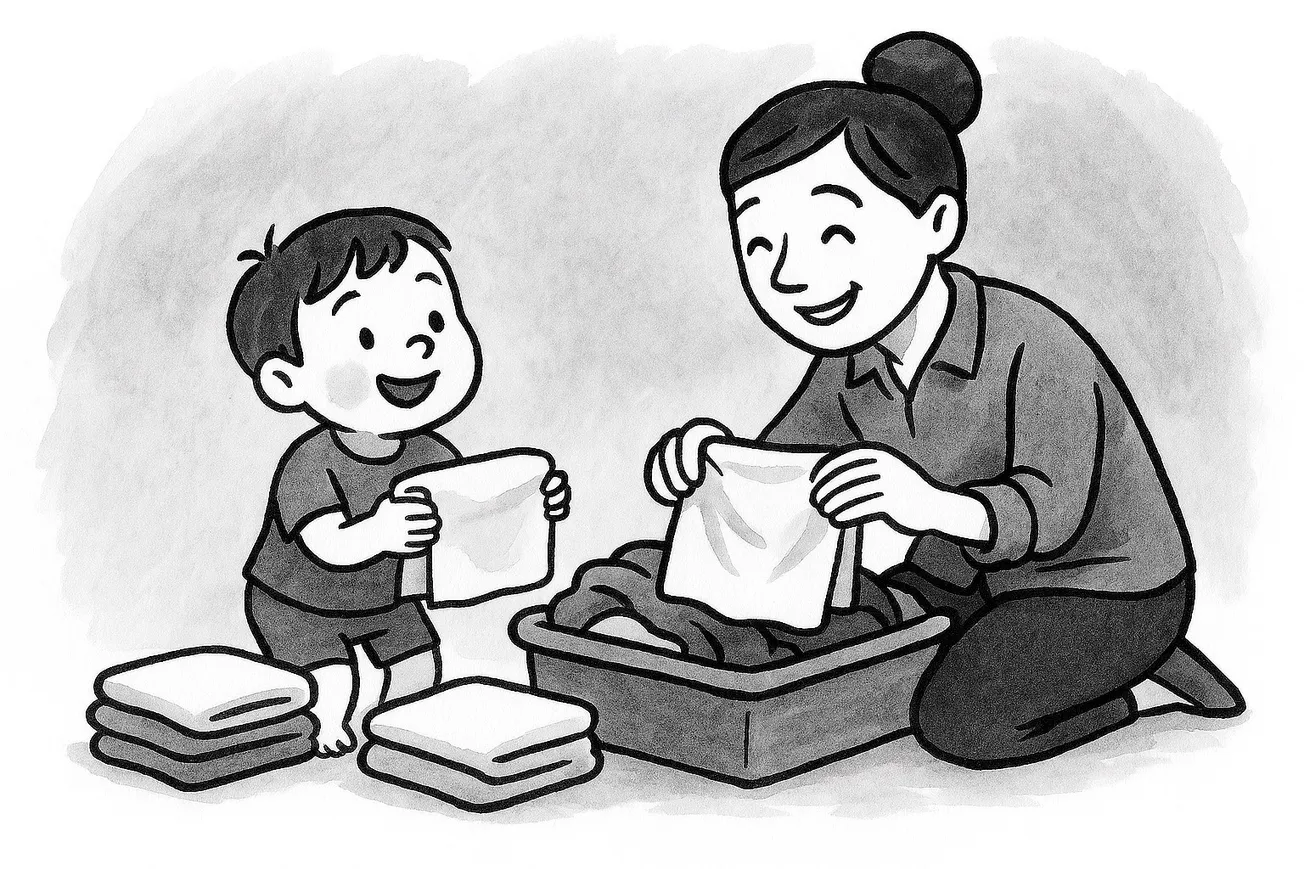Inhaltsverzeichnis
A groundbreaking study published nearly 20 years ago claimed that infants as young as six months old could distinguish between helpful and harmful actions. In this experiment, babies watched puppet shows where characters either helped or hindered another character trying to climb a hill.
Researchers measured babies' preferences by tracking their eye movements and observing which puppet they reached for after the show. The results were striking: 88% of ten-month-olds and 100% of six-month-olds chose the helper puppet.
This finding suggested that humans possess an innate moral sense from infancy, challenging philosopher John Locke's concept of the mind as a "blank slate" that acquires all knowledge through experience.
However, a massive new replication effort by the ManyBabies consortium has cast doubt on these conclusions. This collaborative project involved 567 babies tested across 37 research labs on five continents.
Unlike the original study, this large-scale replication found no evidence that babies prefer helpful characters over harmful ones. This significant discrepancy raises important questions about early moral development.
One key difference between the studies was the presentation method. The original used live puppet shows, while the replication used digital videos of the characters, which might have affected how babies engaged with the scenario.
"Some people will jump to the interpretation that [the results of ManyBabies] shows that the original finding was incorrect... This [is] one possibility – but we shouldn't be so quick to jump to conclusions." - Michael Frank, founder of the ManyBabies consortium
It's worth noting that there have been both successful and unsuccessful replications of the original helper-hinderer effect in the past. Some failures were attributed to methodological details, like the orientation of the characters' eyes.
This could be because, underneath it all, Locke was right. Perhaps the babies tested hadn't had enough time in the world to learn "right from wrong", so they wouldn't make any distinction between a helpful character and a harmful one.
The new findings don't definitively prove that babies are moral blank slates, but they do place a significant question mark over one of developmental psychology's most famous experiments.
Study Quality
The study, published in Developmental Science, was conducted by the ManyBabies consortium across 37 research labs on five continents, testing 567 infants to replicate Kiley Hamlin's original helper-hinderer experiment using digital videos instead of live puppet shows. I would rate this study 9/10 because of its impressive sample size, multi-lab approach, and methodological transparency, though the change from live puppets to digital videos represents a potentially significant methodological difference from the original study.
Sources
- Original helper-hinderer study in Nature
- ManyBabies replication study in Developmental Science
- Discussion of replication crisis in psychology
- Stanford Encyclopedia on John Locke's philosophy
- Previous successful replications of helper-hinderer effect
- Previous failure to replicate the helper-hinderer effect
- Michael Frank's comments on BlueSky

